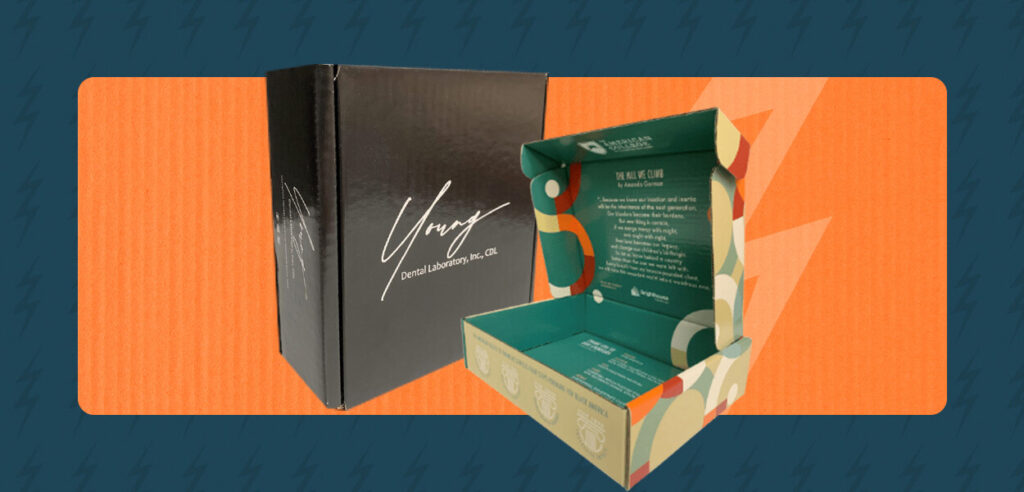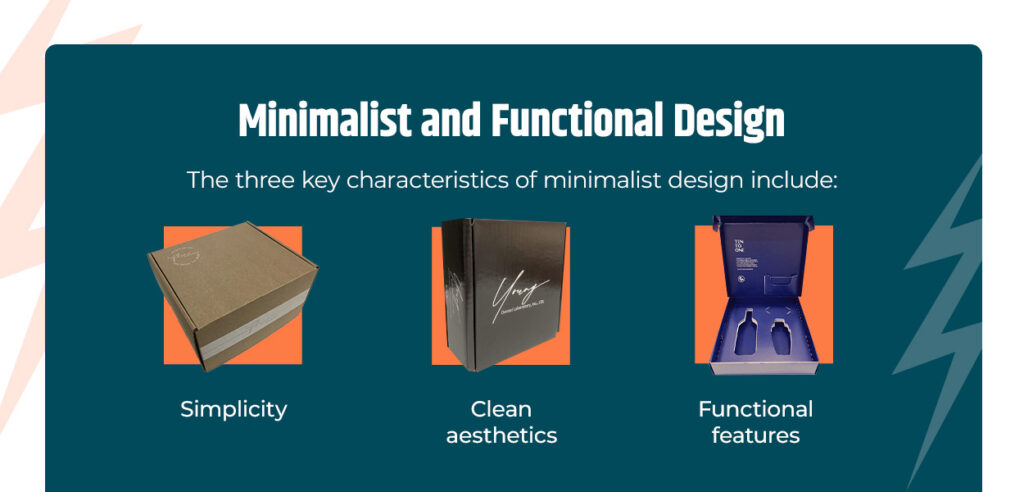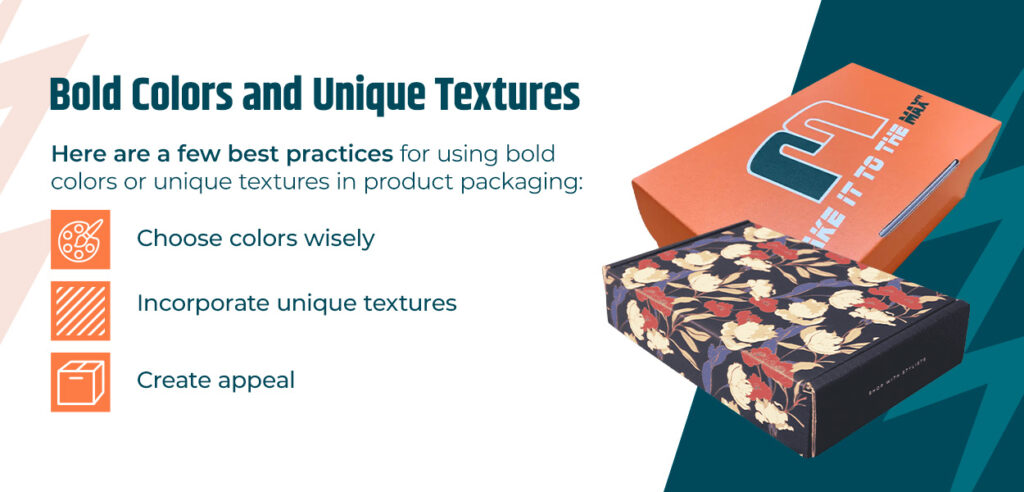
Good packaging design is an essential product manufacturing aspect that extends beyond mere aesthetics. Packaging is primarily a protective barrier for products. However, a well-designed package also conveys your brand’s values, personality and quality, which helps establish a strong brand identity. It should also enhance the user experience by being easy to open, resealable or convenient to use.
The market is constantly evolving, so staying on top of packaging design trends can differentiate your products in a competitive market space. Here are five product packaging trends to consider.
Sustainability is one of the most evolving packaging trends, from an optional consideration to a fundamental requirement. As awareness of environmental issues grows, consumers increasingly demand sustainable packaging solutions that minimize waste and use eco-friendly materials.
Brands are adopting materials that are fully recyclable, compostable or made from recycled content. This shift helps reduce landfill waste and encourages a circular economy. Packaging made from biodegradable materials, such as plant-based plastics, is becoming more common. These materials break down naturally, reducing long-term environmental impact.
Here are some practical approaches to make your product package design more sustainable and eco-friendly:
Minimalist and functional packaging design resonates with consumers who appreciate simplicity, clarity and sophistication. This design philosophy emphasizes clean lines, essential elements and usability, making it particularly appealing for modern brands aiming to convey reliability and trustworthiness.

The three key characteristics of minimalist design include:
Here are some best practices for creating minimalist and functional packaging:
As brands seek to differentiate themselves in a competitive market, personalization and customization trends are creating some of the best packaging designs. These strategies allow consumers to connect with products on a deeper emotional level.
For example, when consumers see their name on a product or receive packaging explicitly designed for them, it enhances their emotional connection to the brand. Similarly, tailoring packaging to individual preferences impacts repeat purchases, as consumers are more likely to return to brands that make them feel valued. The subscription box industry capitalizes on personalization by curating products based on individual customer profiles.
Here are some interesting packaging ideas for brands looking to add personalization:
Smart packaging, also known as intelligent packaging, involves integrating technology into packaging materials. This trend transforms how products are presented, consumed and experienced in the B2B and e-commerce sectors.
Some smart packaging features include:
Smart packing is also trending due to:

Bold colors and unique textures are emerging as powerful tools for attracting attention, enhancing brand perception and creating memorable consumer experiences. This trend is particularly relevant as brands seek to stand out in both physical environments and digital marketplaces.
While earthy colors convey sustainability and reliability, bold and playful colors are eye-catching and spark joy and curiosity. Vibrant hues or contrasts create a sense of excitement and positivity around a product.
In contrast, incorporating unique textures into packaging enhances consumers’ sensory experience. Textured packaging — like raised patterns, embossed elements and soft-touch finishes — creates a more engaging interaction, making the product feel more premium and desirable.
Here are a few best practices for using bold colors or unique textures in product packaging:
As packaging trends shift toward sustainable, minimalist and functional designs, custom-sized boxes can help businesses adapt to these changes. Custom-sized boxes can be designed to fit a wide range of products, provide optimal protection during transit and minimize waste. Custom shipping boxes allow businesses to create tailored unboxing experiences that resonate with customers and make their products more memorable.
Bolt Boxes ensure your products stay safe during transit. Our structural box design will secure your products while promoting your brand story. We are SFI® Certified and manufacture our boxes with 100% recyclable kraft boxes.
Bring your good packaging ideas and get in touch to discuss your custom box needs.